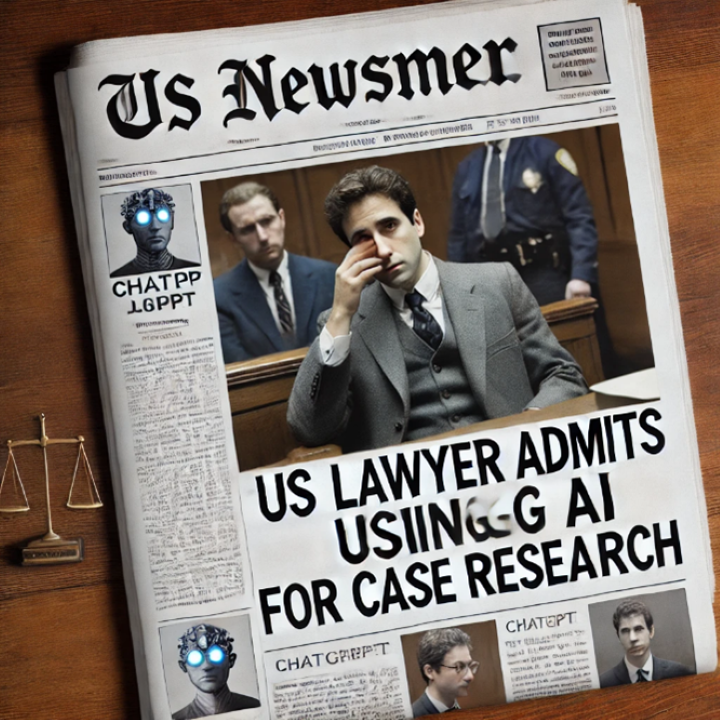Understanding Generative AI
1 Introduction

‘ChatGPT: US lawyer admits using AI for case research’
Do you remember reading headlines similar to these, where lawyers and members of the public have got into trouble for using information in court obtained from Generative AI tools (GenAI)? You might think this could never happen to you – but the risks are real.
Tools like ChatGPT can be very useful in many contexts, including legal ones. Many people in the UK do not have access to legal advice and assistance: in 2024, the Legal Services Board (2024) reported 32% of the population had an unmet legal need.
The changes to the legal aid system in 2012, followed by the financial crisis and reductions in public spending, led to many legal aid solicitors and law centres closing. It is therefore not surprising that people have suggested that GenAI tools could help provide free legal advice and information (Tan, Westerman and Benyekhlef, 2023).
However, using GenAI tools for legal purposes comes with significant challenges and risks. This course will introduce you to GenAI: what it is, how it works and some of its advantages and disadvantages. It will highlight key concerns you need to be aware of, particularly when using GenAI for legal queries.
Finally, it will explore how GenAI can be used in a legal context and what you need to consider to be able to use GenAI responsibly.
This is the first of eight courses which explore using GenAI for legal advice and in legal contexts. The courses are designed for members of the public wanting to use GenAI for legal advice, volunteers and legal professionals providing legal advice, free advice organisations and law firms, and law students wanting to understand how best to use GenAI in a legal context.
 An introduction to the course
An introduction to the course
Listen to this audio clip in which Liz Hardie provides an introduction to the course.
Transcript
You can make notes in the box below.
Discussion
GenAI tools can be an easily accessible source of free legal information, and we know that many people within the UK do not have access to reliable and free legal advice and assistance. However, when using GenAI for legal advice or information, it is important to understand its limitations and its challenges.
This is a self-paced course of around 60–90 minutes including a short quiz.
A digital badge and a course certificate are awarded upon completion. To receive these, you must complete all sections of the course and pass the course quiz.



